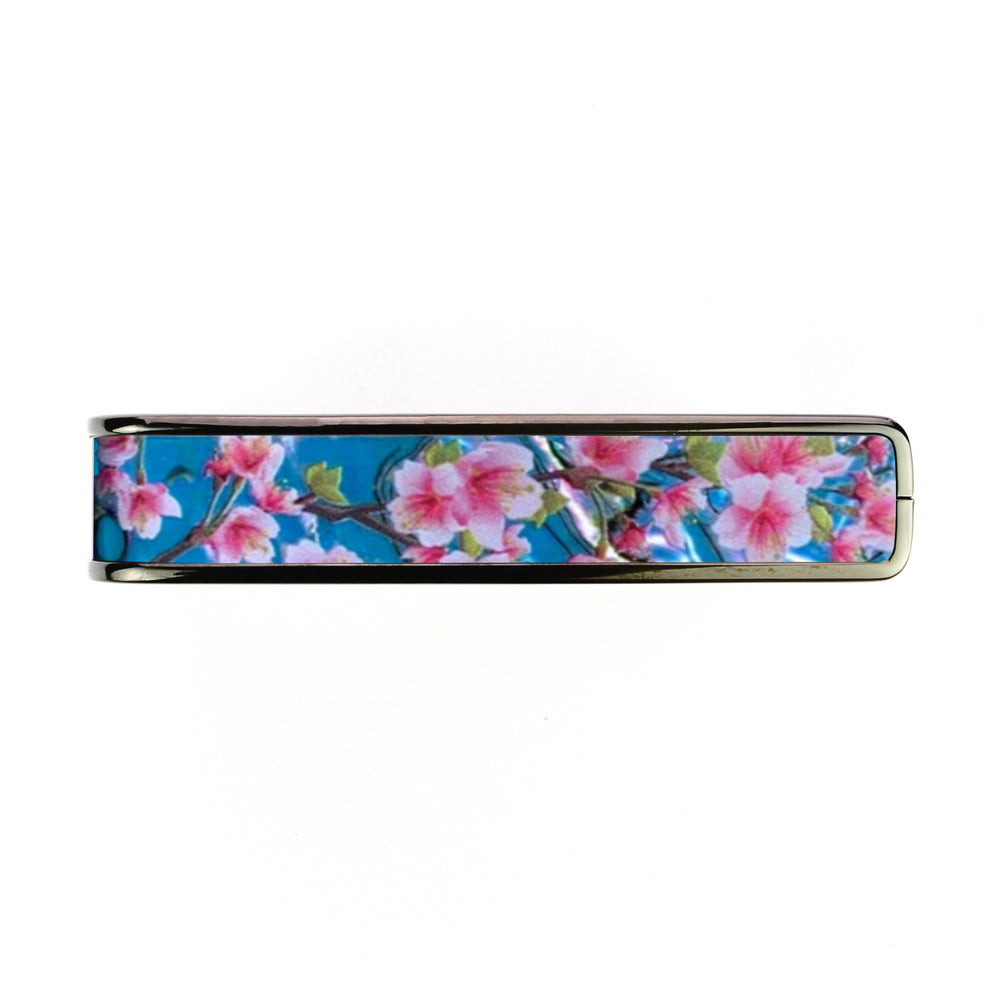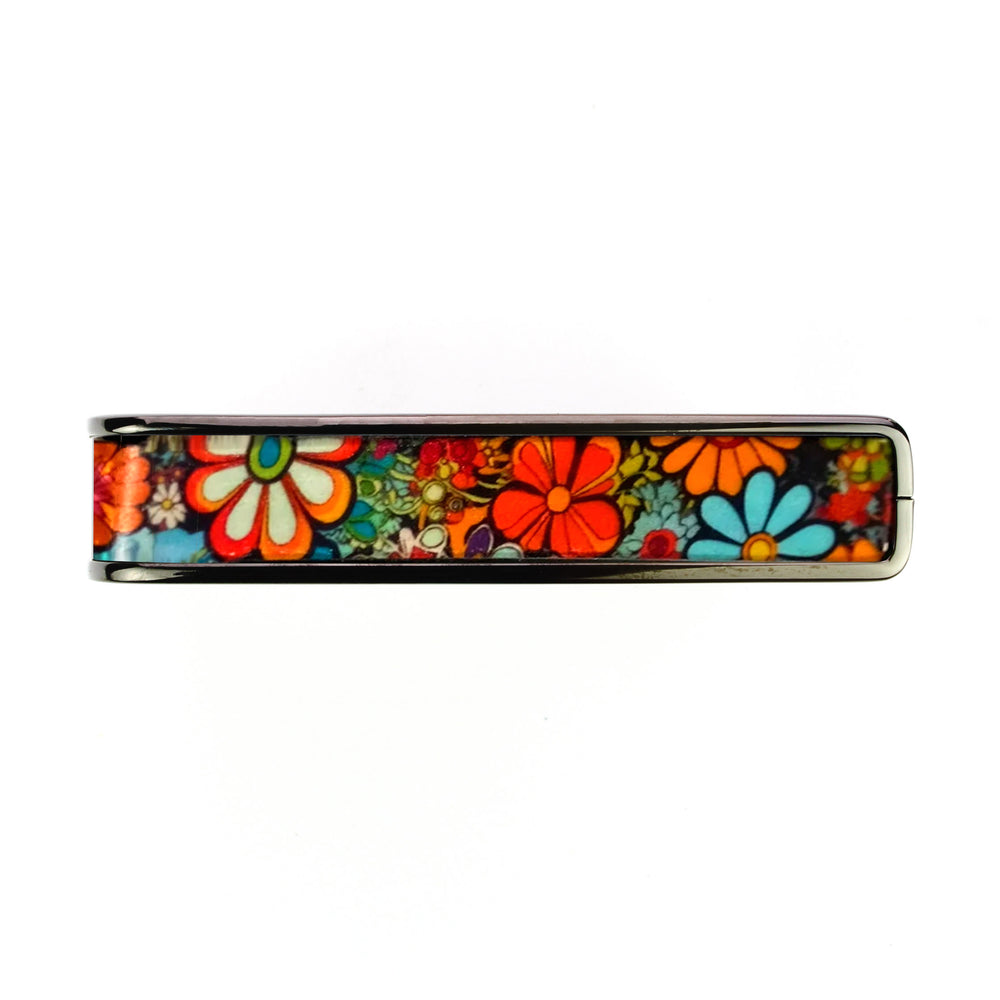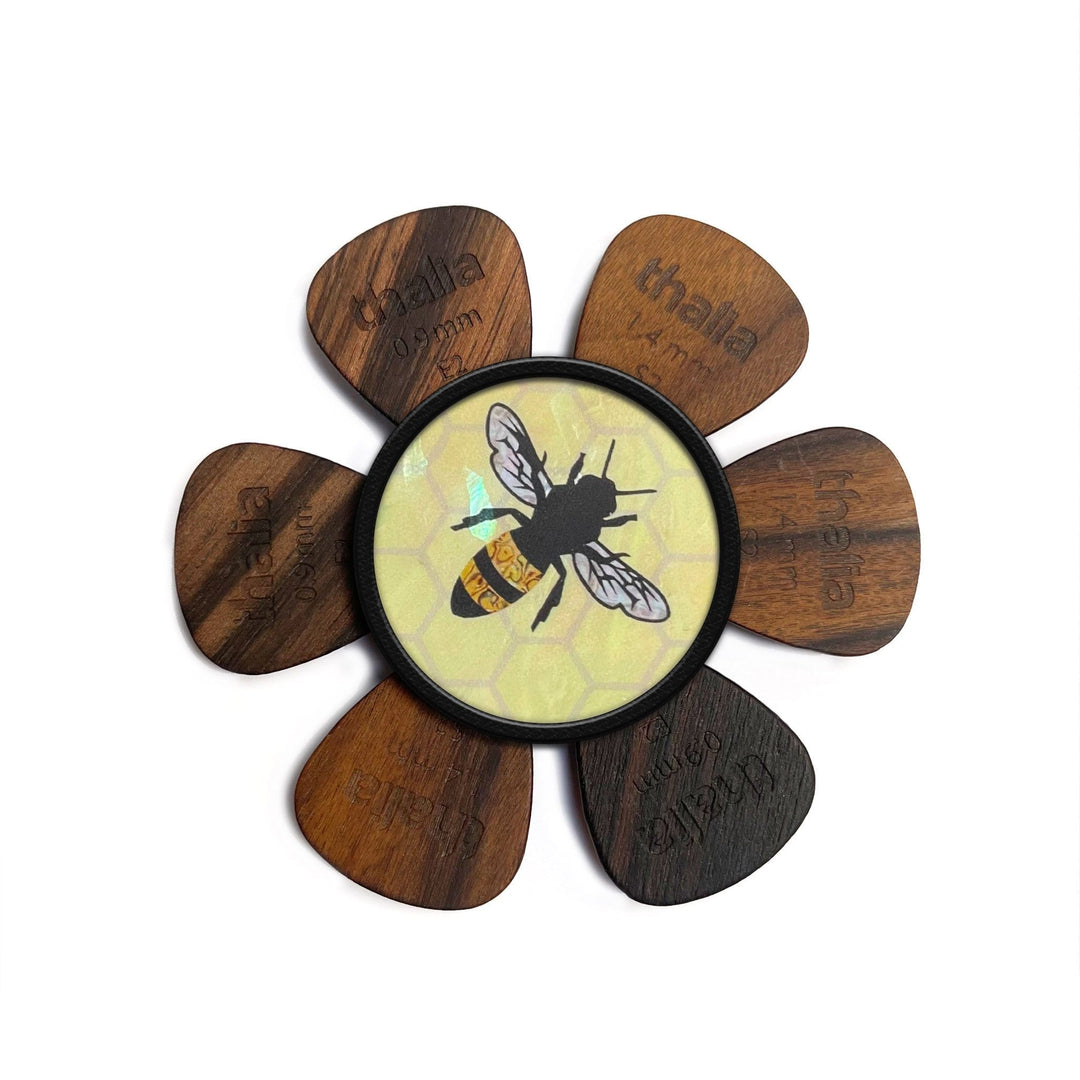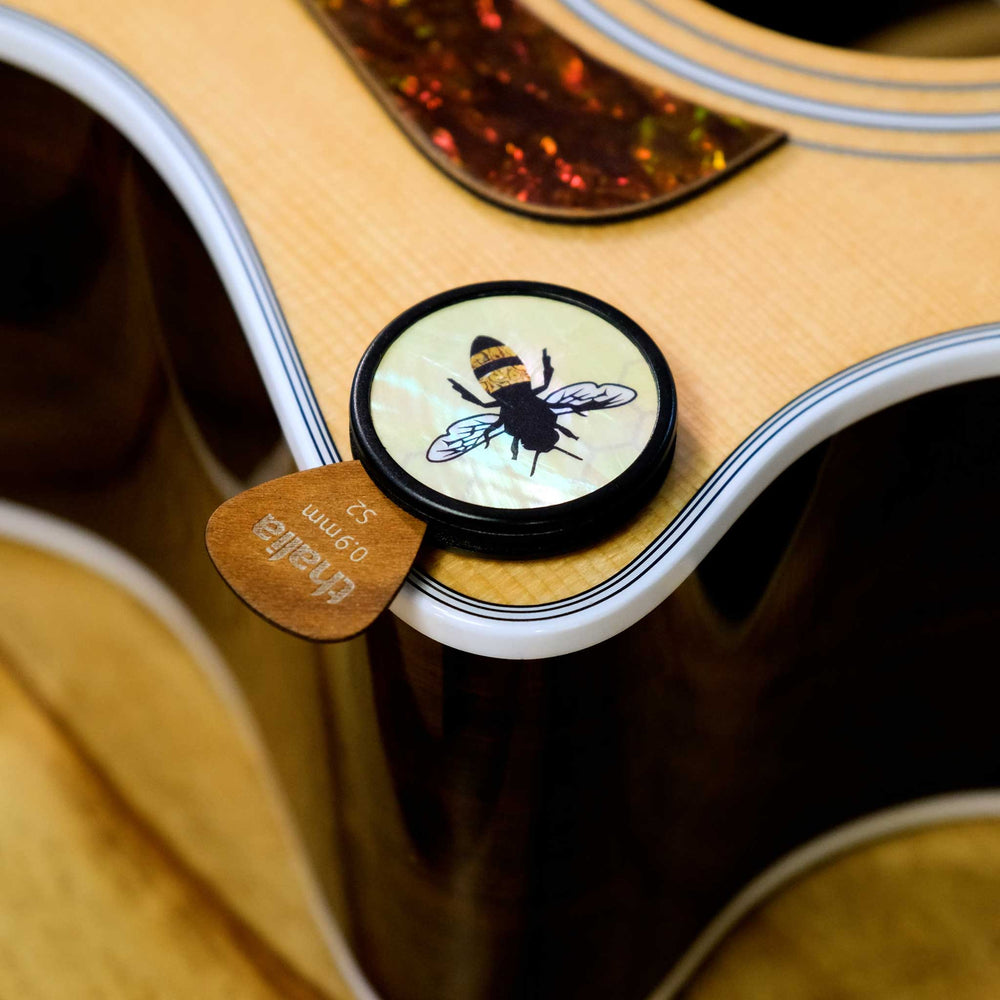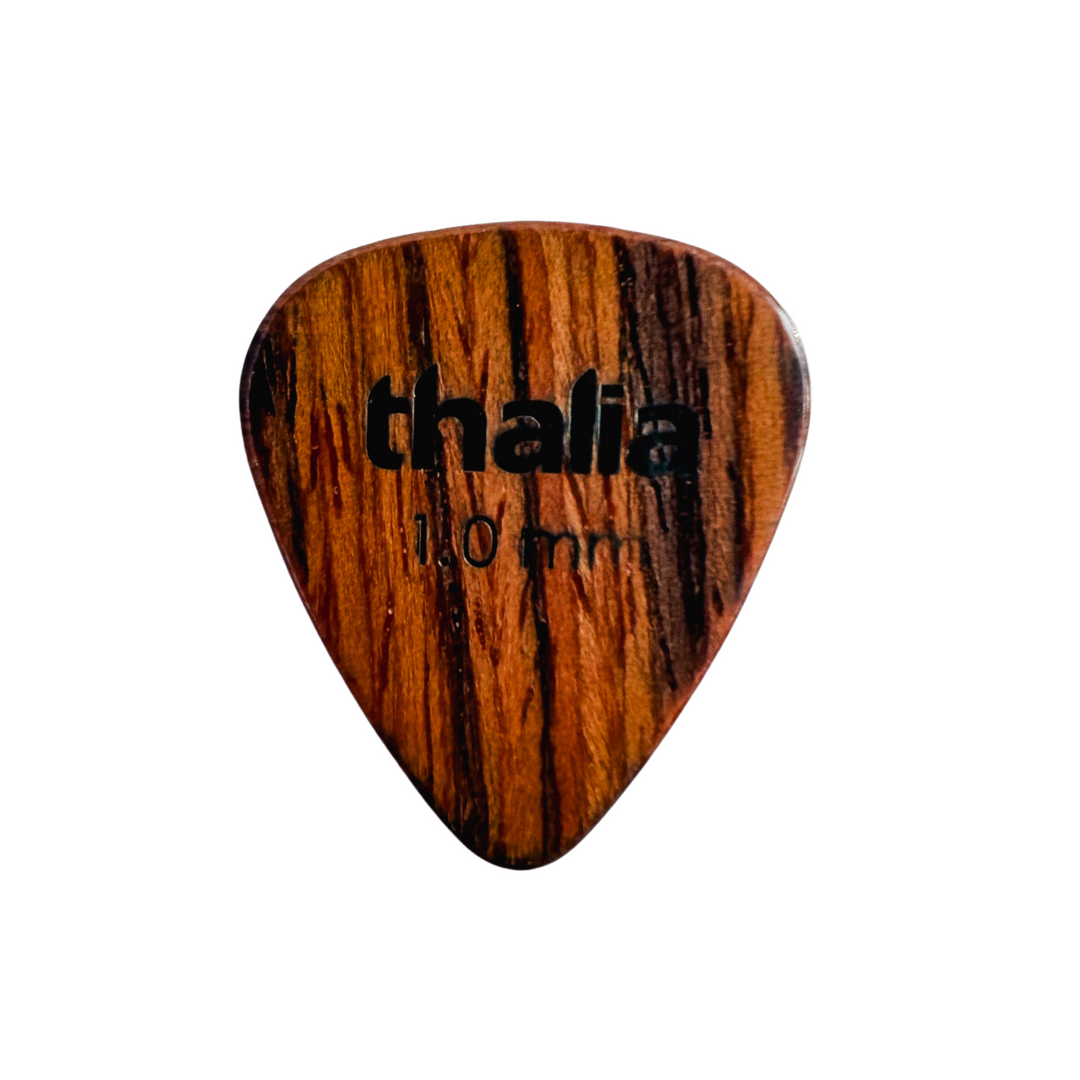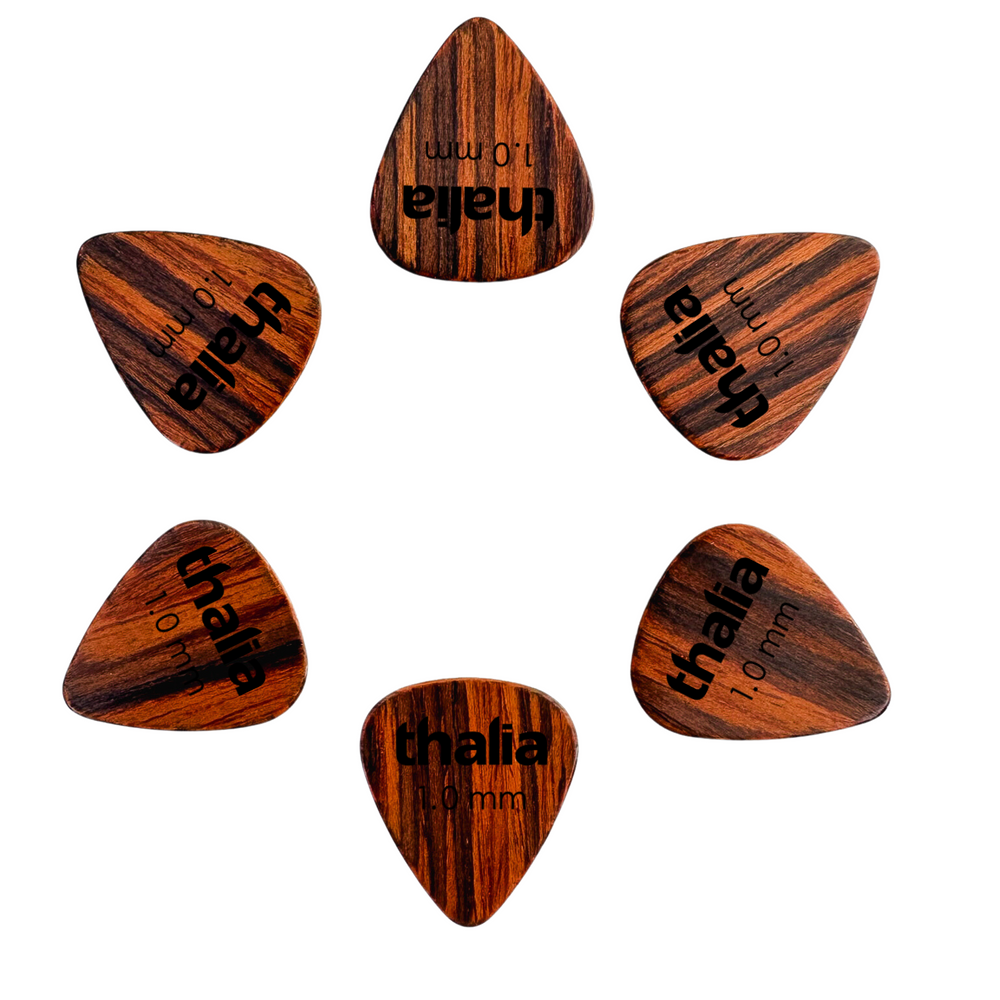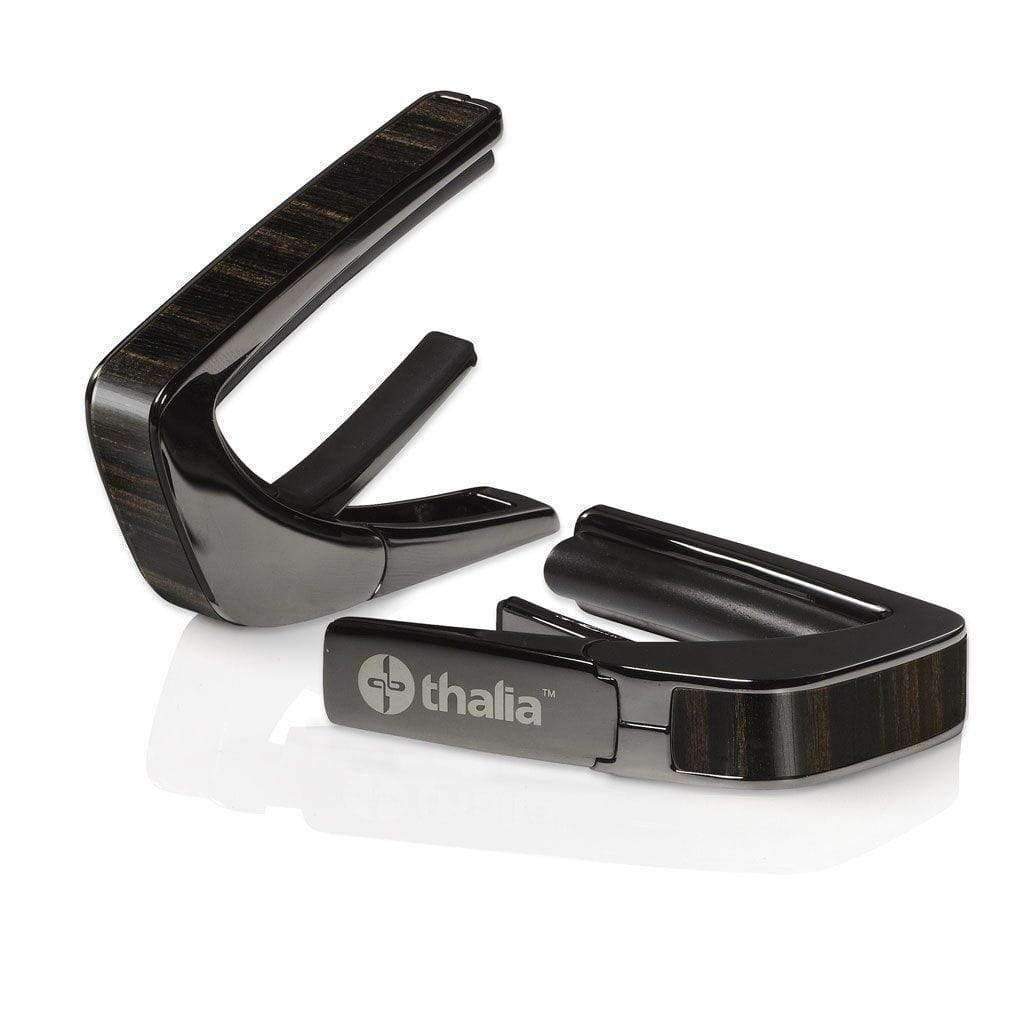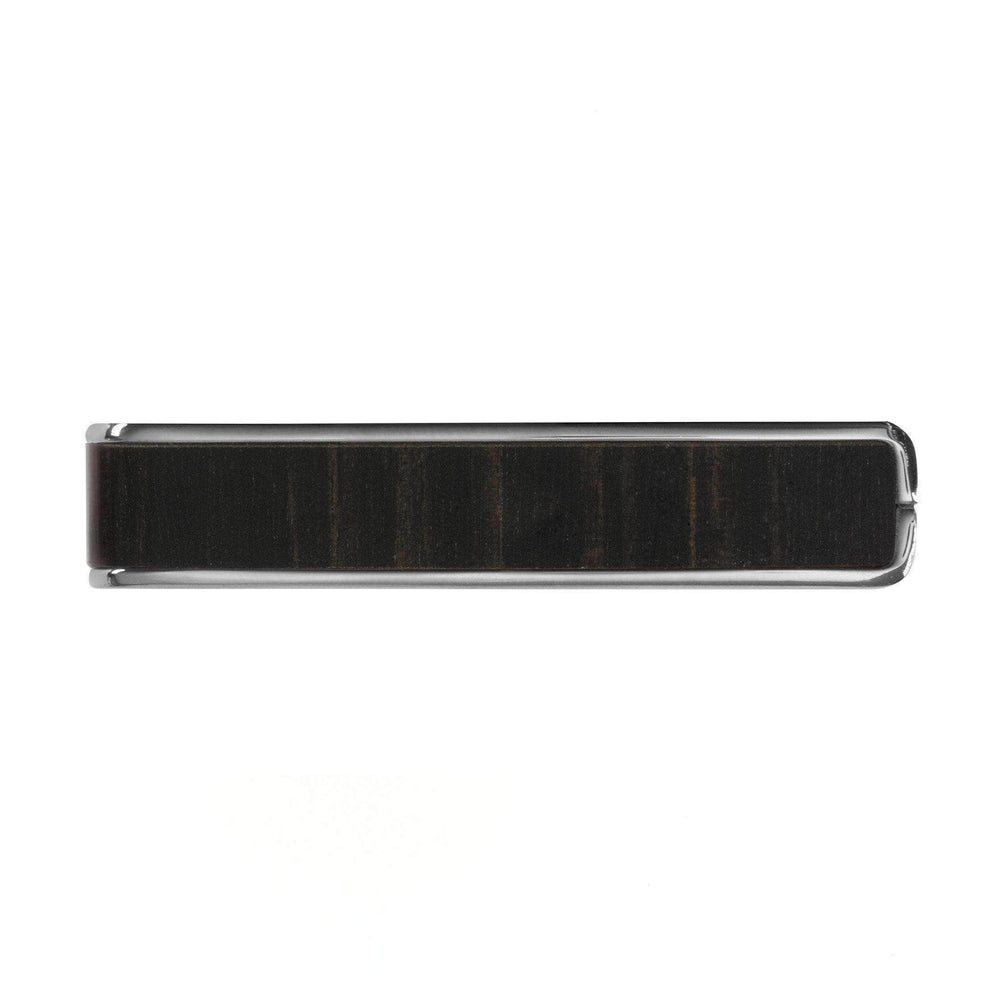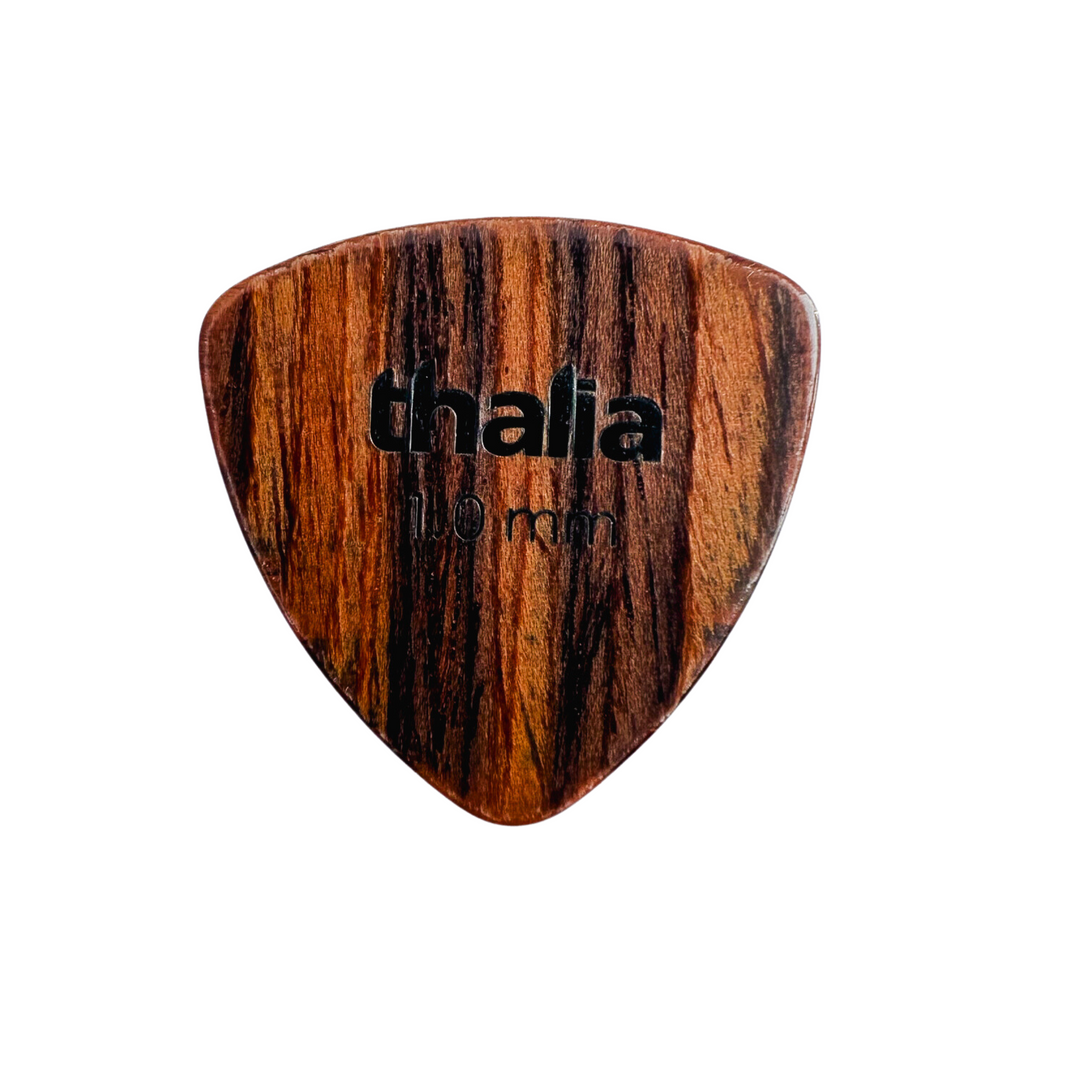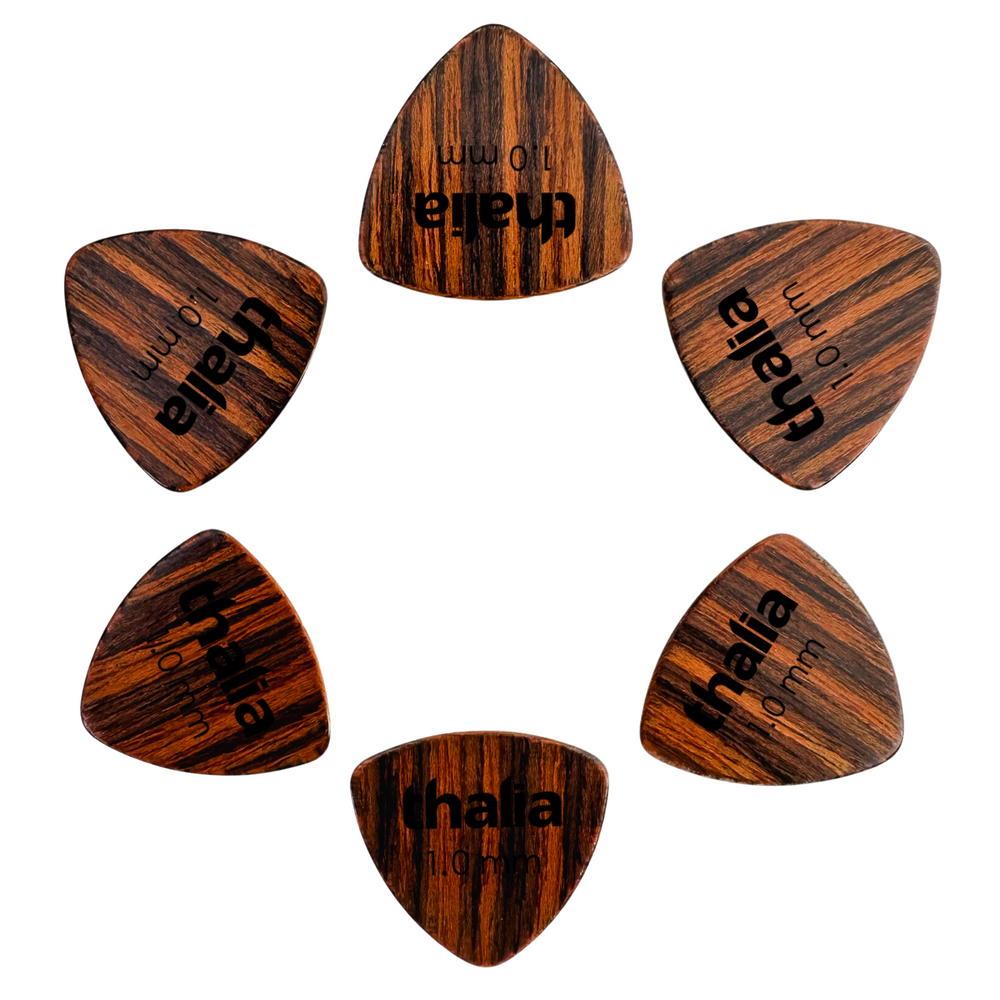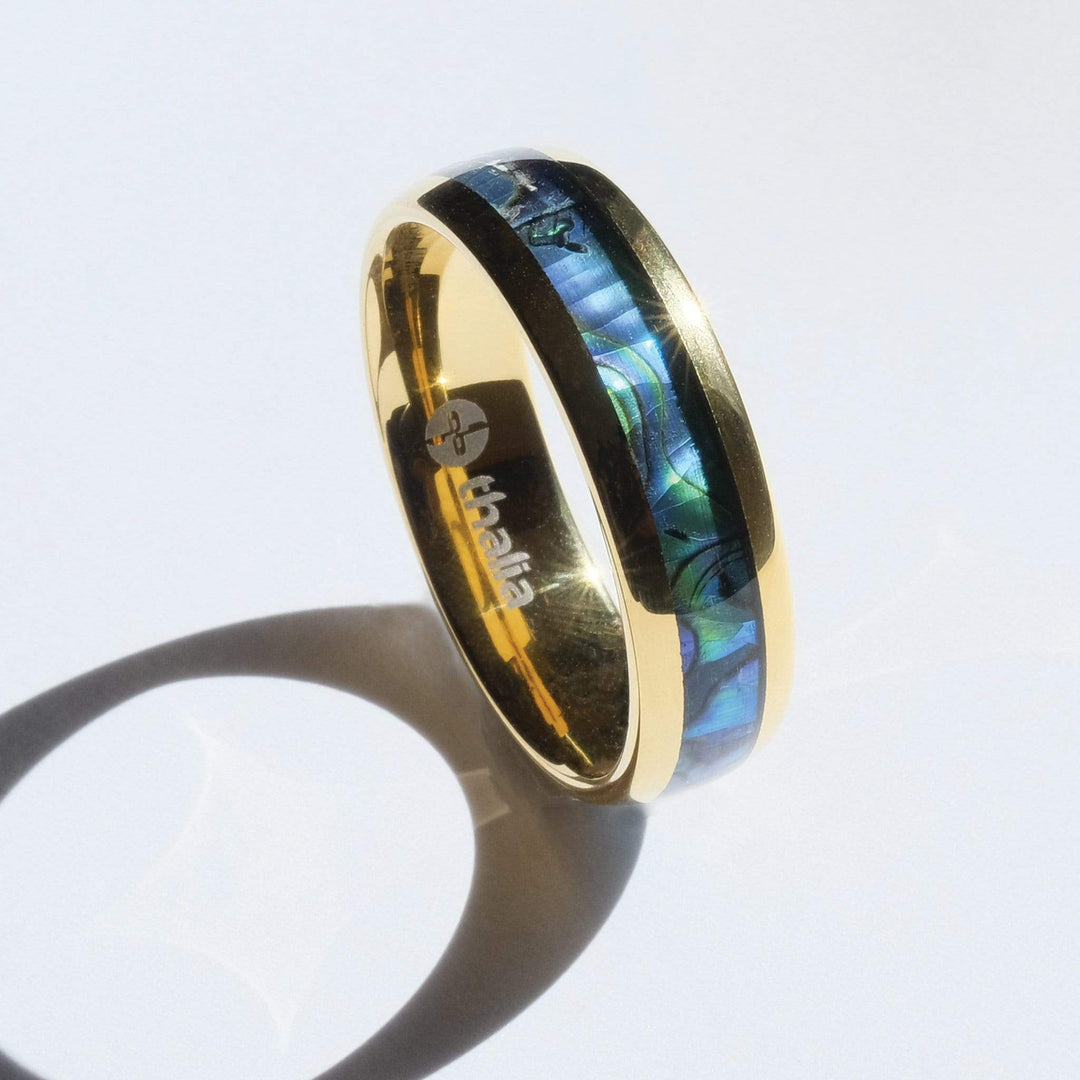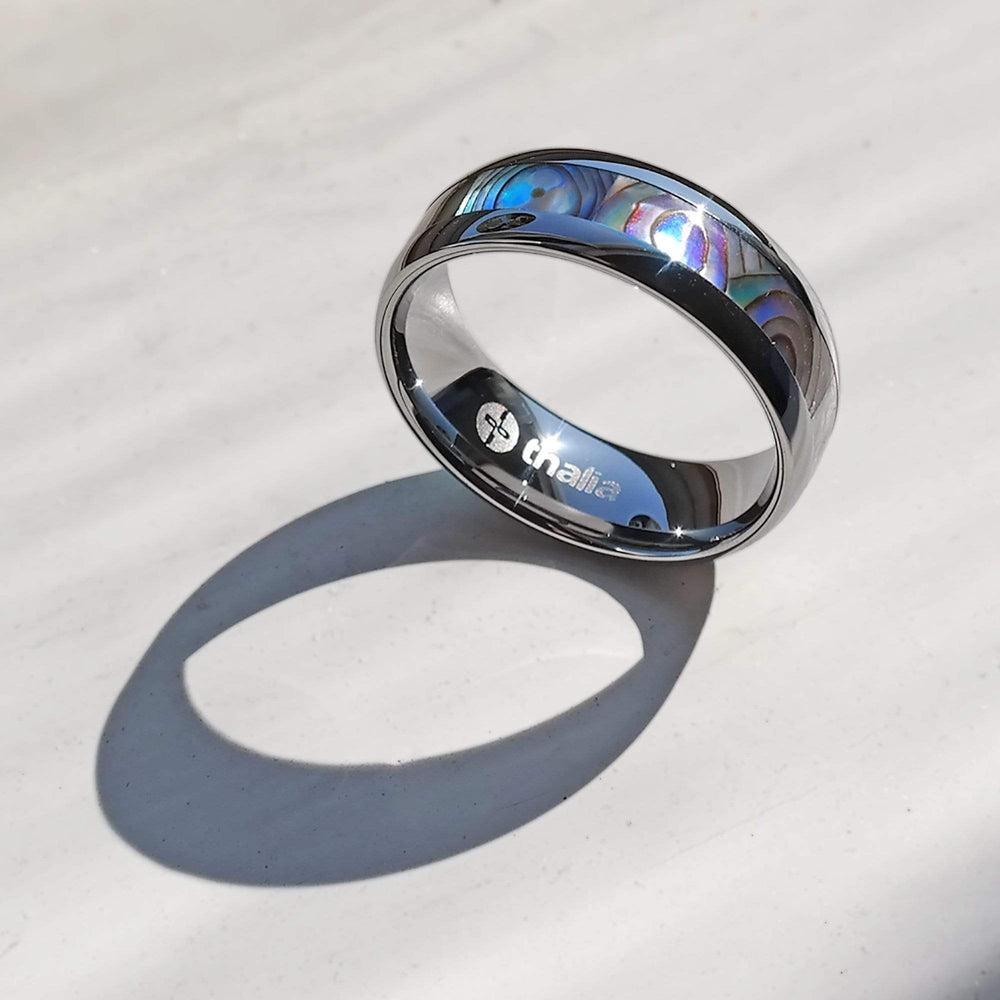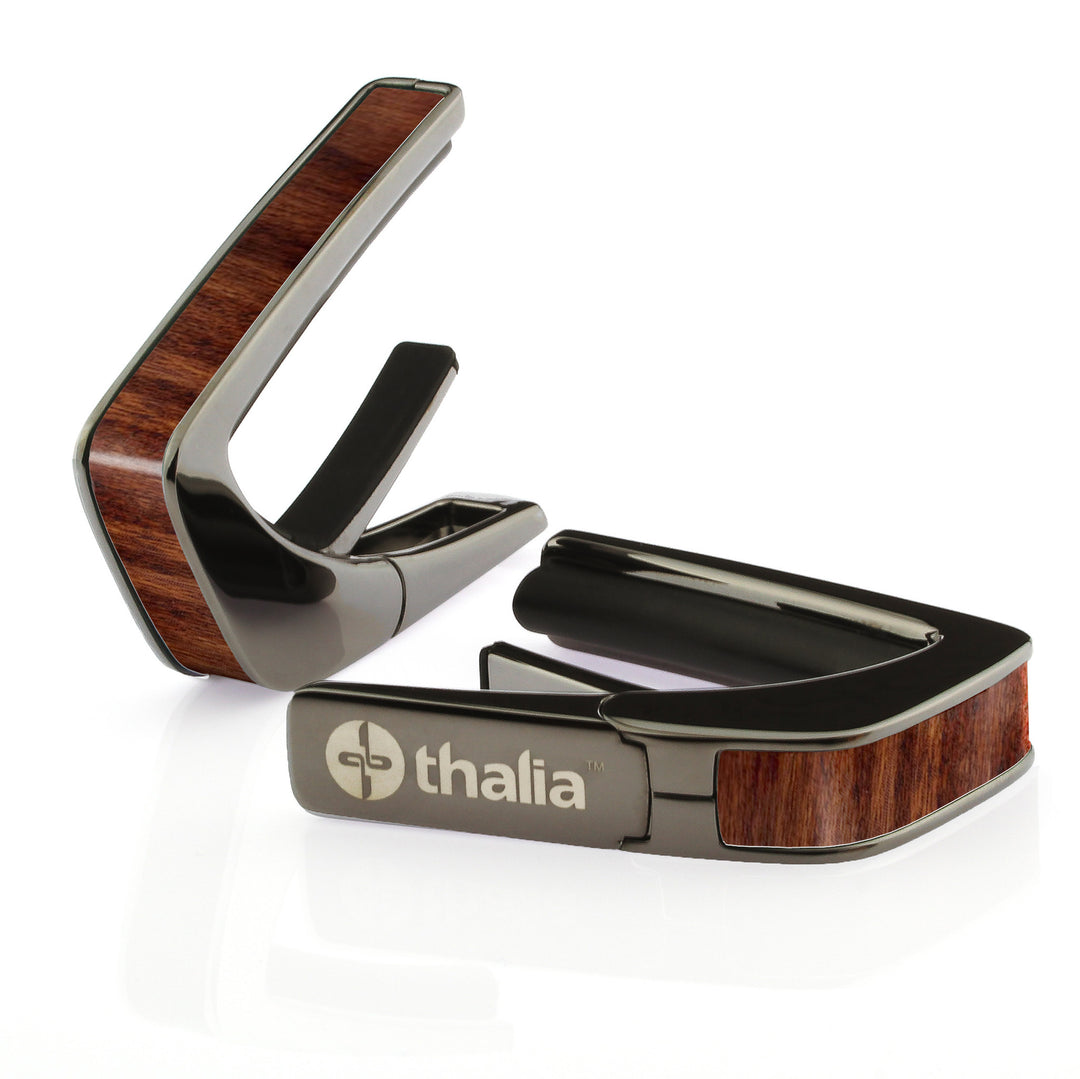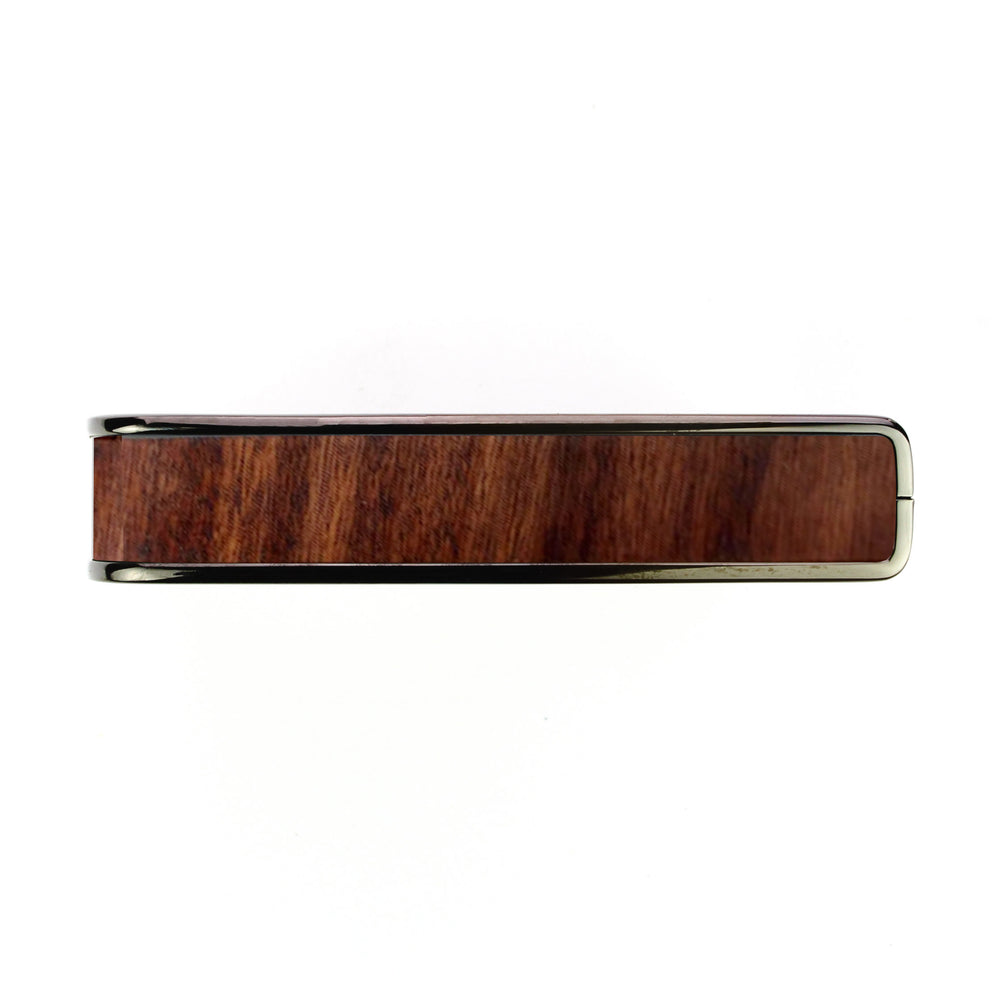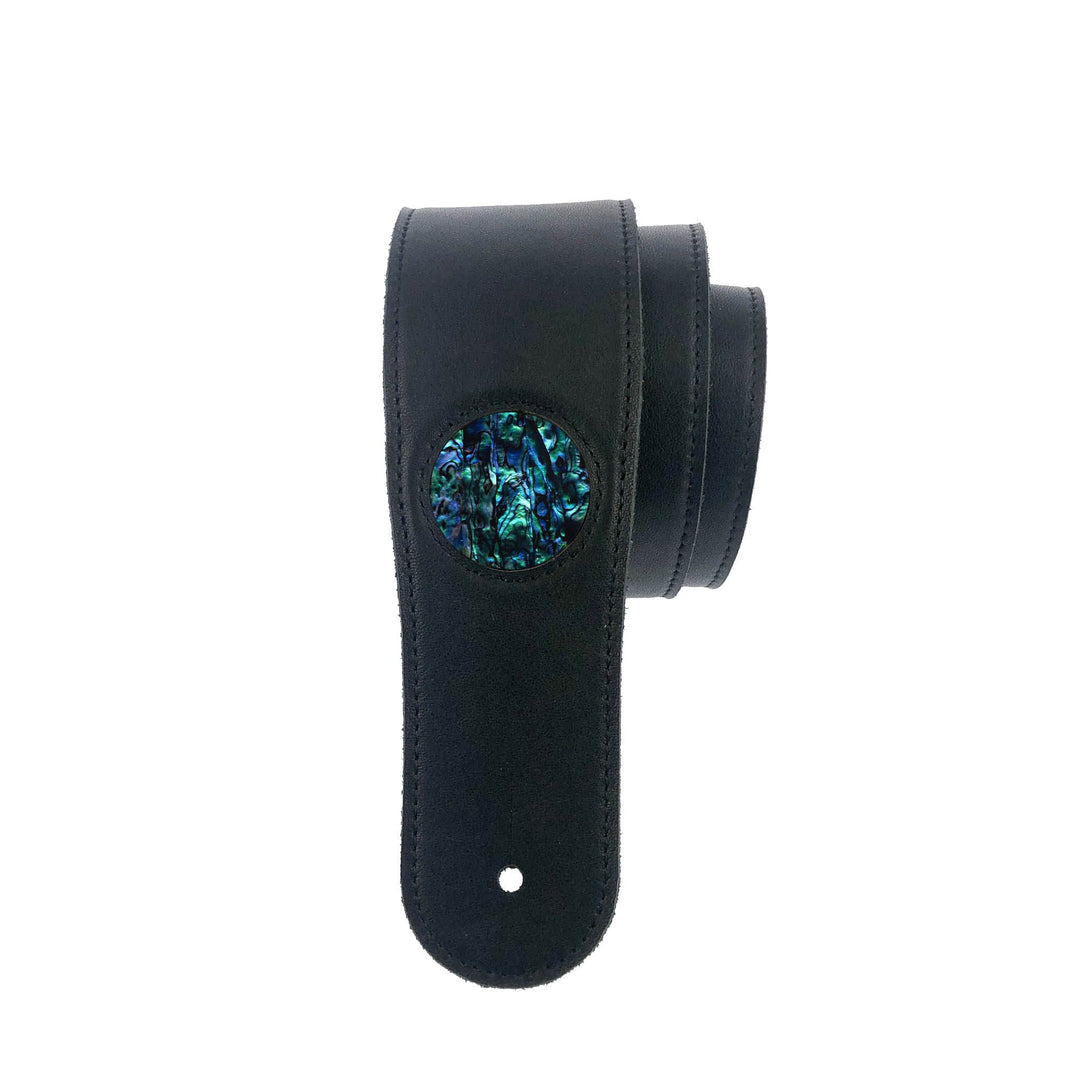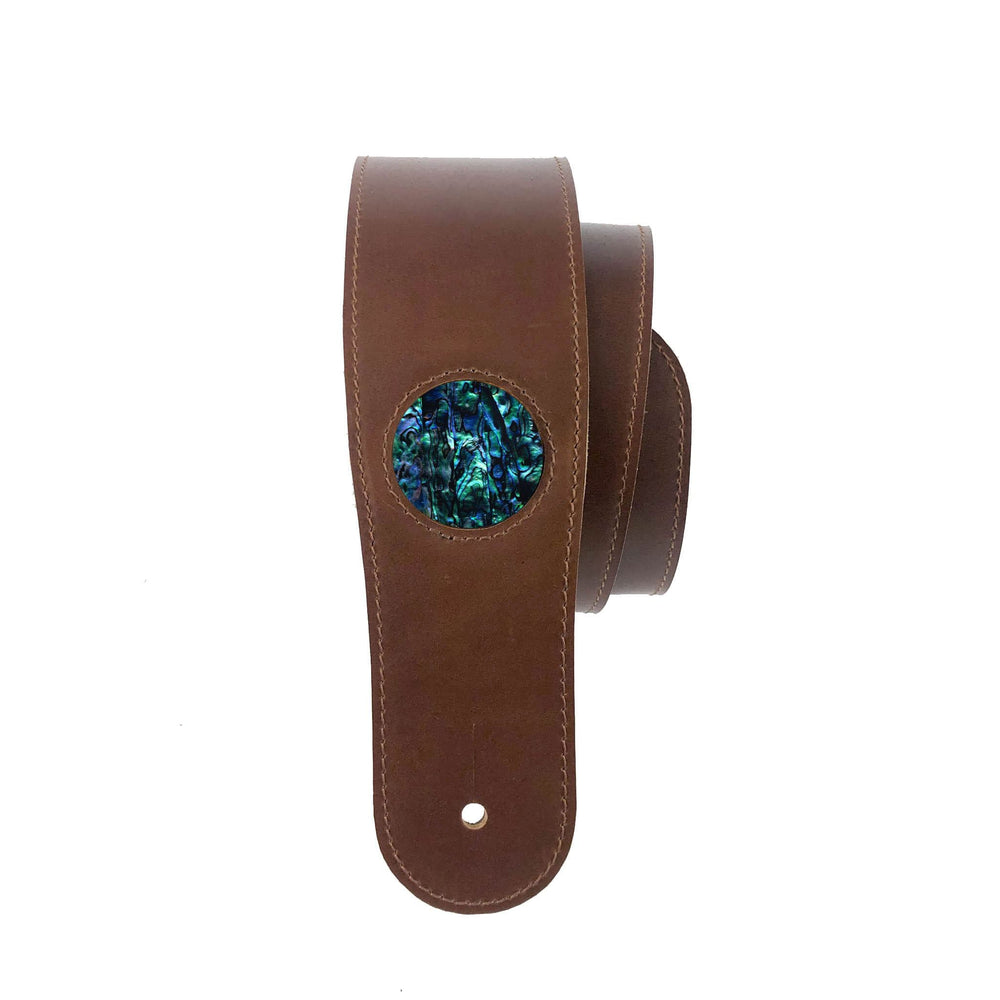The Gibson J-200: Celebrating an Acoustic Icon

More than 50 years ago, Bob Dylan released “Nashville Skyline.” His paean to American roots and country music, the record is today regarded as a Bob Dylan classic, and features one of the most iconic album covers in his discography.
 On the cover photograph, a bearded Dylan smiles and raises his hat while holding up a guitar to the camera. It’s not just any guitar, though. It’s a Gibson J-200 that The Beatles’ George Harrison gifted him. By the time Dylan got hold of one, it was already well established as an acoustic guitar icon.
On the cover photograph, a bearded Dylan smiles and raises his hat while holding up a guitar to the camera. It’s not just any guitar, though. It’s a Gibson J-200 that The Beatles’ George Harrison gifted him. By the time Dylan got hold of one, it was already well established as an acoustic guitar icon.
Considered by many as the ultimate acoustic, it’s an instrument of choice for many guitar-playing legends. Jimmy Page from Led Zeppelin is a fan, Pete Townshend of The Who swears by them and even Elvis Presley, the king himself, was a known advocate.
Today, we’re taking a closer look at one of the most celebrated acoustic guitars of all time; how it came to be, why it sounds so great, and the legendary recordings it has featured on.
Let’s dive in.
The History:
 The first example of what we now know as the J-200 went intro production in 1937. Manufactured at the Gibson Factory in Kalamazoo, Michigan, the company intended to establish it as their new top-of-the-line flat top, replacing the Advanced Jumbo that they’d introduced in 1936.
The first example of what we now know as the J-200 went intro production in 1937. Manufactured at the Gibson Factory in Kalamazoo, Michigan, the company intended to establish it as their new top-of-the-line flat top, replacing the Advanced Jumbo that they’d introduced in 1936.
Originally called the Super Jumbo, it featured a super-large 16-7/8” flat-top body befitting of its name. The red spruce-top was double braced, the sides and back were rosewood and, on its initial run, it was only available in sunburst.
But, the Super Jumbo didn’t become a guitar legend out of the starting gate. In fact, thanks to the post-depression economy, as well as wartime austerity that began in the 1940s, it started life as a very limited, made-to-order instrument.
Gibson changed the guitar’s name to the Super Jumbo 200 in 1939 – the 200 refers to the $200 retail, which is something like $5,300 in today’s money – but it still remained a rarity. Records suggest that only 100 SJ-200s were shipped prior to the U.S’s involvement in World War II.
 In the post war period, the SJ-200 evolved into the guitar we know today, thanks to the utilization of new tonewoods. Gibson switched the back and sides to maple in 1947 and the change was an instant hit with guitarists.
In the post war period, the SJ-200 evolved into the guitar we know today, thanks to the utilization of new tonewoods. Gibson switched the back and sides to maple in 1947 and the change was an instant hit with guitarists.
Why? The consensus was that the maple allowed for clearer separation of the notes, resulting in a better sounding instrument.
That isn’t to say that the old rosewood models aren’t a hit with collectors, mind you. According to Vintage Guitar, a 1938-42 Gibson SJ-200 is worth an eye-watering $90,000-$120,000.
Then, in 1955, Gibson dropped the “S”, and the J-200 was born.
The Sound:
As we’ve already identified, part of the Gibson J-200’s sonic might comes from its maple back and sides. But, it’s not just the wood that makes the J-200 what it is; the body design is also a key component.
 That extra large super jumbo body allows for a massive, expressive sound, the kind of which had never been achieved in an acoustic upon its release. As a result, it’s great for “full chord” music, providing deep low end, a slight mid dip and crisp highs.
That extra large super jumbo body allows for a massive, expressive sound, the kind of which had never been achieved in an acoustic upon its release. As a result, it’s great for “full chord” music, providing deep low end, a slight mid dip and crisp highs.
In fact, the sound is so well balanced that it’s a favorite of engineers across the globe, who often refer to it as the “no EQ needed acoustic.”
The Songs:
So many iconic recordings have made use of a Gibson J-200, we were hard pressed to compile a shortlist. But, here are three classics that stood out to us.
The Beatles: Here Comes the Sun
 One of George Harrison’s standout Beatles moments, “Here Comes the Sun” showcases the J-200’s “full chord” sound to stunning effect, with a capo on the seventh fret adding a tasty, ethereal shimmer.
One of George Harrison’s standout Beatles moments, “Here Comes the Sun” showcases the J-200’s “full chord” sound to stunning effect, with a capo on the seventh fret adding a tasty, ethereal shimmer.
Great song; great playing; great guitar.
Here Comes the Sun Tab
Led Zeppelin: Babe I’m Gonna Leave You
Jimmy Page used his J-200 extensively on  Led Zeppelin’s eponymous debut. It sounds particularly phenomenal on Babe I’m Gonna Leave You, with the crisp, pattern picked verses contrasting marvelously with the huge, full-bodied chords of the chorus.
Led Zeppelin’s eponymous debut. It sounds particularly phenomenal on Babe I’m Gonna Leave You, with the crisp, pattern picked verses contrasting marvelously with the huge, full-bodied chords of the chorus.
Babe I’m Gonna Leave You Tab
The Who: Pinball Wizard
 About as iconic as they come, Pete Townshend’s strummed acoustic intro to Pinball Wizard is recognizable from the first note. Townshend bought his first J-200 from the legendary Manny’s in New York in 1968 and it’s been his acoustic of choice ever since.
About as iconic as they come, Pete Townshend’s strummed acoustic intro to Pinball Wizard is recognizable from the first note. Townshend bought his first J-200 from the legendary Manny’s in New York in 1968 and it’s been his acoustic of choice ever since.
Pinball Wizard Tab
So here’s to the J-200: an acoustic icon, and one of the best sounding six-strings ever made.

Shown here is my 1938 SJ-200 reissue with Tri-Burst finish with matching Thalia Capo; an amazing father's day gift that keeps me smiling every time I play her...
What is your favorite guitar? What other classic guitars should we write about?



